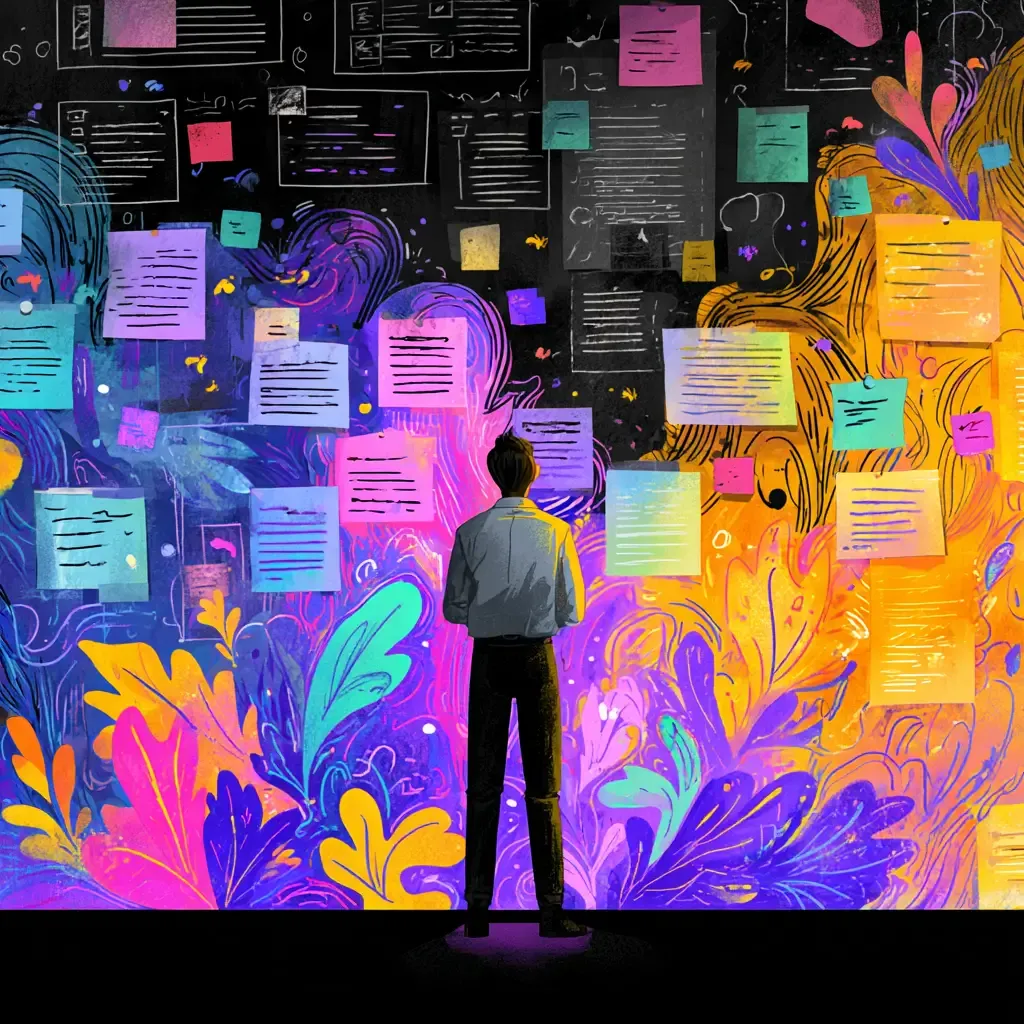Reports from The Resistance Journal Entry #327
Welcome to the Waiting Room
You’ve signed your NDA, completed your background check, watched the privacy training video twice (just to be safe), and politely laughed at your manager’s onboarding Zoom joke. You are ready to work. But your laptop isn’t.
It’s sitting somewhere between IT and security, spinning its digital wheels in what’s known in hushed Slack DMs as Provisioning Purgatory. You're in the system—but not of the system.
No email access. No calendar. No Teams, no Zoom, no VPN. Your only working tool is a half-setup Chromebook that connects to a browser-based learning module titled “Welcome to Our Culture.” You can’t join meetings, but you can learn the seven pillars of synergy.
It’s week two. You’re officially a ghost.
The Rise of Verification Culture
Provisioning used to be a two-day annoyance. Now it’s a month-long corporate rite of passage. Why? Because in today’s post-breach, AI-spammed, compliance-first workplace, nothing gets provisioned without a ceremony of multi-factor anointing.
Security leads demand endpoint encryption, Zero Trust protocols, and biometric assurances. IT requires license validation, admin policy handoffs, and a clean lineage of device custody. Procurement is still asking if your asset tag number starts with “A-2022” or “P-23.”
And then there's the Platform Team, who once built a self-service portal—but forgot to connect it to anything.
In the meantime, your manager forwards you screenshots of Slack threads like ancient scrolls:
“Here’s what we discussed. Let me know if you can’t see this.”
(You can’t.)
The Human Toll of Digital Lockout
Here’s what no one talks about: the psychological damage of being locked out of work.
You’re hired for your brain, your expertise, your experience. But in a digital-first enterprise, your presence is mediated entirely by tools. Without credentials, you’re not just unproductive—you’re invisible.
You ping people on LinkedIn because you can’t reach them on Teams. You borrow a friend’s Outlook just to RSVP to the All Hands. You start to wonder: Am I a consultant, or a character in a Kafka novel?
By week three, you know everyone's name, title, and timezone—but you still can’t access the shared drive.
We coach change leaders who know the system is broken—and still want to fix it. If you’re looking for support that’s strategic, a little sarcastic, and highly effective, let’s talk.
The Irony of Speed and Scale
Companies love to talk about moving fast. Agile. Cloud-native. Continuous deployment. But onboarding a single person? That’s a quarterly roadmap item.
It’s not uncommon for new hires or contractors to wait 2–4 weeks for full access. And in large transformation programs, entire teams sit idle while someone in security audits the firewall logs.
Meanwhile, the same company brags about how quickly they can spin up a Kubernetes cluster in six global regions.
We’ve built hyperscale tech stacks. But we still can’t issue a working laptop in under 20 business days.
What This Costs the Business
Provisioning purgatory isn’t just annoying. It’s expensive.
- Every day of delay is a sunk cost in salary, vendor rates, and lost productivity.
- Teams miss momentum. Launch plans slip. Trust erodes.
- High performers wonder if they joined the wrong company.
- Change agents lose their early wins.
Worst of all? No one is accountable. It’s always “with IT” or “waiting on Security” or “stuck in the process.”
That’s not a process. That’s a failure mode.
Notes from the Underground
Inside the Resistance, we’ve learned to prepare:
- Bring your own device (BYOD) workaround. Keep a clean laptop on standby. You’ll need it for the rogue onboarding Zooms.
- Smuggle info through personal email. (Encrypted, if you’re feeling ethical.)
- Find a human in IT. Not a helpdesk queue. An actual person. Make them your ally.
- Document everything. You’ll need it later when someone claims you were “slow to onboard.”
And don’t forget: when your credentials finally come through, your calendar will auto-populate with every meeting you missed. Your welcome gift? A six-hour backlog of syncs.
Final Thought
In a world obsessed with digital transformation, the real bottleneck isn’t the tech. It’s the trust—or the lack of it.
We’ve built processes so secure that even our own people can’t get in. We’ve wrapped provisioning in so much compliance, we’ve forgotten its purpose: to enable work, not delay it.
So the next time someone’s stuck in provisioning purgatory, don’t blame the system. Look at who built it.
And ask yourself:
What does it say about our company if access is the final test of belonging?
ChangeGuild: Power to the Practitioner™
Frequently Asked Questions
Why does provisioning take so long?
Because your request for access has been lovingly passed through three departments, two spreadsheets, and a SharePoint site last updated in 2019. Also, Zero Trust means zero speed.
Who’s actually responsible for my access?
Great question. No one. It’s a beautifully engineered accountability vacuum. Your manager will blame IT. IT will blame Security. Security will tell you “the request is in queue.” That queue is mythical.
Can’t I just use my own laptop?
Only if you enjoy triggering a panic attack in cybersecurity. BYOD is Latin for “you will be exiled.”
What do I do while I wait for provisioning?
Review corporate training videos, overuse LinkedIn, and consider your life choices. Or better yet—start documenting everything so someone knows you tried.
Is this normal?
Unfortunately, yes. In many large organizations, “onboarding” is code for “prove yourself worthy to touch the shared drive.”
How can I avoid this next time?
You can’t. But you can ask hard questions during the interview: “How long does full provisioning usually take?” If they flinch, run.
🚨 Still Waiting on Access? Stop Waiting for Insight.
If you're stuck in provisioning purgatory, you're not alone. But you can get immediate access to sharp commentary, strategic tools, and a community of change leaders who see the absurdity—and still show up to fix it.
Subscribe to ChangeGuild: No tickets. No asset tag required. Just insight.
This post is free, and if it supported your work, feel free to support mine. Every bit helps keep the ideas flowing—and the practitioners powered. [Support the Work]







